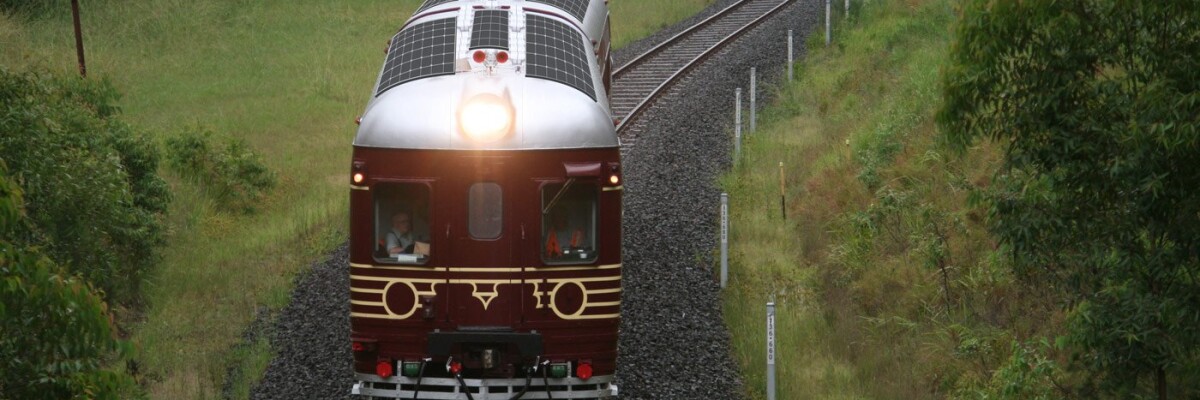The Australian non-profit organization, Bayron Bay, in cooperation with several companies have modernized an old passenger train. In the past it ran on diesel. Solar panels were placed on the roof of the train...
The Australian non-profit organization, Bayron Bay, in cooperation with several companies have modernized an old passenger train. In the past it ran on diesel. Solar panels were placed on the roof of the train and one of the two diesel engines was replaced by an electric one. A 77-kilowatt battery allows the electric train to operate autonomously all day and even with increased cloudiness.
The train has a capacity of 100 passengers. A test route of 3 km is located near the resort of Byron Bay, and at $3 it will be more fun for tourists than a serious transportation option. But its peculiarity lies precisely in the idea of its autonomy, since its counterparts that run on renewable sources do not have energy generators in their design. So electric transportation designed from an old train is interesting as a prototype of a new type of transport.
When creating other types of transport with solar panels many practical problems arise. For example, there are not many suitable surfaces on cars to accommodate panels; the roofs often have a curved shape and there are also convertibles. In addition, cars usually park in the shade and they follow an arbitrary route, which may prevent it from charging.
All of these problems do not exist in trains. The roof is ideal for solar panels. Also, additional panels can be placed at train stations and at each stop the train can be recharged.
Hydrogen is still being used for trains running on clean energy. For example, in Germany they have developed hydrogen trains called Alstom. But electric trains are also being developed: in the Netherlands there are trains which receive energy from wind farms and in India solar panels on the roof of a diesel train provide lighting and electricity in the wagons.
Share this with your friends!






Be the first to comment
Please log in to comment